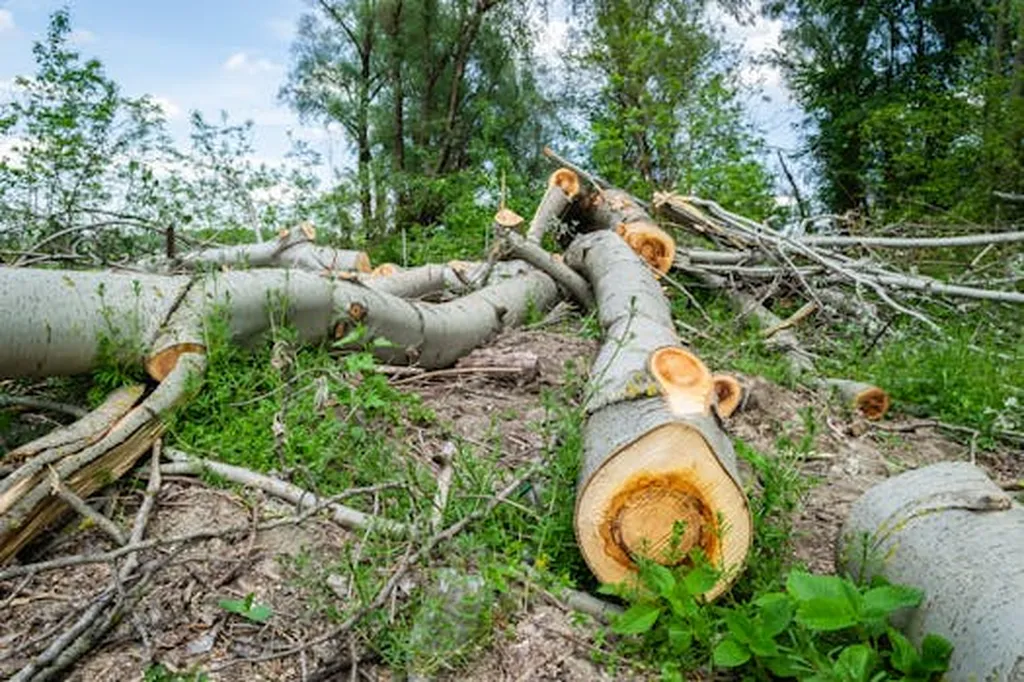In the heart of Serbia, at the University of Novi Sad’s Faculty of Technology, a groundbreaking shift is underway in the construction industry. Olja Šovljanski, a leading researcher in biotechnology, is pioneering the integration of bacterial systems into civil engineering practices, promising a future where infrastructure is not only stronger but also more sustainable and environmentally resilient.
Šovljanski’s work, recently published in the journal *Microorganisms* (translated from Serbian as “Mikroorganizmi”), highlights a remarkable trend: the rapid expansion of construction biotechnology. Over the past two decades, research in this field has surged, with more than 350 publications between 2000 and 2024, and a five-fold increase in annual output since 2020. This isn’t just academic growth; it’s a revolution in how we build and maintain our infrastructure.
One of the most promising applications is microbial-induced calcium carbonate precipitation (MICP). This process involves bacteria that naturally produce enzymes to precipitate calcium carbonate, effectively gluing soil particles together. In field-scale trials, MICP has been shown to increase the compressive strength of treated soils by 60–70% and reduce permeability by more than 90%. “This technology has the potential to transform how we approach soil stabilization and foundation engineering,” Šovljanski explains. “It’s a game-changer for areas prone to erosion or with weak soil structures.”
But the innovations don’t stop at soil. In concrete applications, bacterial self-healing has demonstrated the ability to seal cracks up to 0.8 mm wide, improving water tightness by 70–90%. This could significantly extend the lifespan of concrete structures, reducing maintenance costs and environmental impact. “Imagine a world where buildings and bridges can heal themselves,” says Šovljanski. “This isn’t science fiction; it’s a reality that’s within our grasp.”
The implications for the energy sector are profound. Infrastructure longevity is crucial for energy projects, from pipelines to wind farms. Biofilm-mediated corrosion barriers, which reduce chloride ingress and extend the durability of reinforced steel, could revolutionize the maintenance of energy infrastructure. Similarly, bacterial biopolymers like xanthan gum and curdlan enhance soil cohesion and water retention, offering eco-friendly solutions for erosion control and grouting in energy projects.
However, the transition from laboratory models to real-world applications is not without challenges. Scalability, biosafety, and regulatory hurdles must be addressed. Šovljanski’s review provides a comprehensive framework, combining quantitative evidence with critical assessments to navigate these obstacles. “We’re not just looking at the science; we’re looking at the practicalities,” she notes. “How can we ensure these technologies are safe, effective, and commercially viable?”
As the construction industry grapples with the need for low-carbon, adaptive, and resilient infrastructure, Šovljanski’s work offers a beacon of hope. By integrating microbiological mechanisms, materials science, and engineering practice, construction biotechnology is poised to redefine the future of the built environment. The question is no longer if these technologies will be adopted, but when. And as Šovljanski and her colleagues continue to push the boundaries, the answer seems to be: sooner rather than later.

